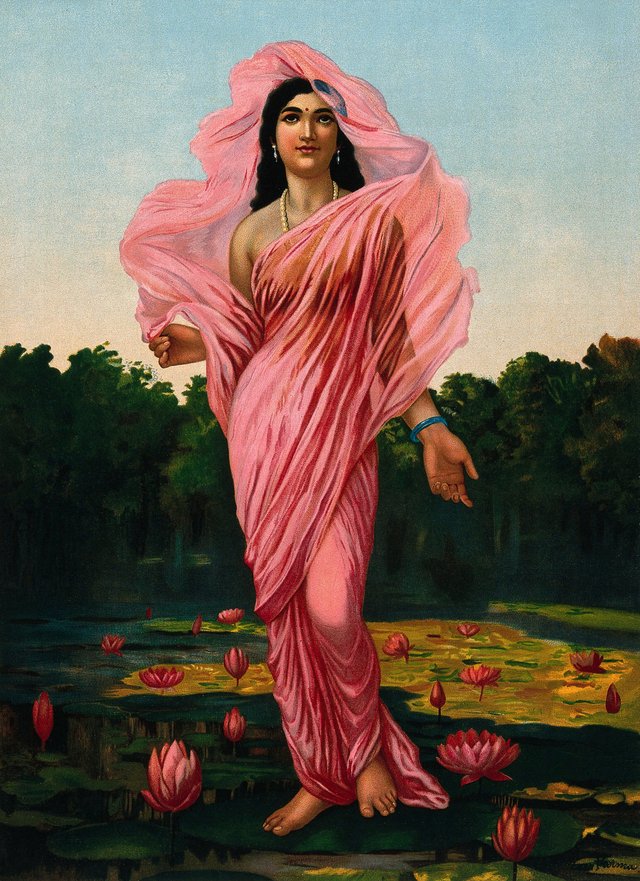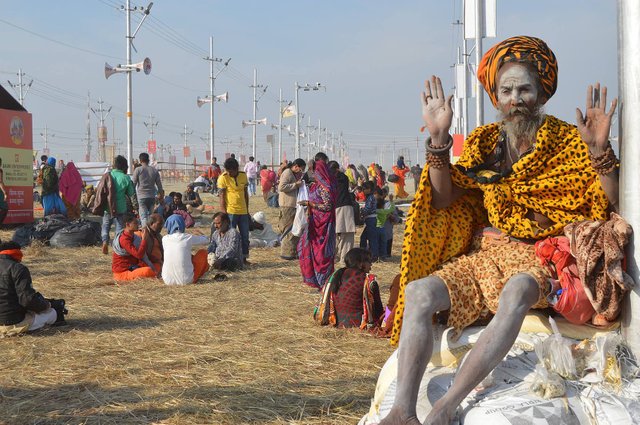Kumbh Mela:The Naga Sadhus are not just male; There are also female ascetic women: Part 1
Greetings friends of Steemit and STEEM FOR BETTERLIFE
Ever heard of women who renounce all worldly ties, embrace the harshest lifestyles, and rise to spiritual glory in a male-dominated world?
In a world where traditions are mostly patriarchal, these women challenge societal norms and embrace an ancient, extraordinary path.
Welcome to the enigmatic world of female Naga Sadhus.
Female Naga Sadhus or Naga Sadhvis undergo the same rigorous initiation as male Naga Sadhus, including years of intense meditation, physical hardship, and spiritual training.
The initiation for women involves significant milestones like shaving their heads, performing their own symbolic funeral rites, and adopting a new spiritual identity.
Only a few women choose to become Naga Sadhus, making them a unique and rare representation of extreme devotion and renunciation.
Kumbh Mela celebrated approximately every 12 years, for each revolution of Brihaspati, attracting the largest recorded public gatherings of humans in the world.
The festival is one of the largest peaceful gatherings in the world, and considered as the "world's largest congregation of religious pilgrims".
It has been inscribed on UNESCO's Representative List of intangible Cultural Heritage of Humanity.
The Kumbh Mela derives its name from the Sanskrit word "Kumbh", which means pitcher or pot, and "Mela", meaning fair or gathering.
The name is deeply rooted in Hindu mythology and the story of the Samudra Manthan (churning of the ocean), which is the central theme behind the festival.
Mythological Origin of "Kumbh"
The Story of Samudra Manthan:
According to Hindu scriptures, the gods (Devas) and demons (Asuras) joined forces to churn the cosmic ocean (Samudra) to extract the nectar of immortality (Amrit).
The churning was done using Mount Mandara as the churning rod and Vasuki, the king of serpents, as the rope.
When the pot (Kumbh) containing the nectar of immortality emerged, a fierce struggle ensued between the Devas and Asuras to possess it.
The Journey of the Kumbh:
• To prevent the demons from capturing the nectar, the gods entrusted the pot to Garuda (the divine eagle, vehicle of Lord Vishnu).
During the chase, a few drops of nectar spilled from the pot at four locations on Earth: Haridwar, Prayagraj (Allahabad), Nashik, and Ujjain.
• These locations became sacred, and the Kumbh Mela is celebrated at these sites to honor the sanctity of the nectar.
Why "Kumbh"?
• The pitcher (Kumbh) symbolizes the vessel that held the nectar of immortality.
• The Mela celebrates the sanctity of this divine event, where bathing in the rivers at these locations is believed to cleanse one of sins and lead to salvation.
Symbolism
• The term "Kumbh" represents the vessel of knowledge, spirituality, and life itself.
• The festival reflects the eternal quest for immortality, purity, and liberation.
Thank you for reading the post.
To be continued

